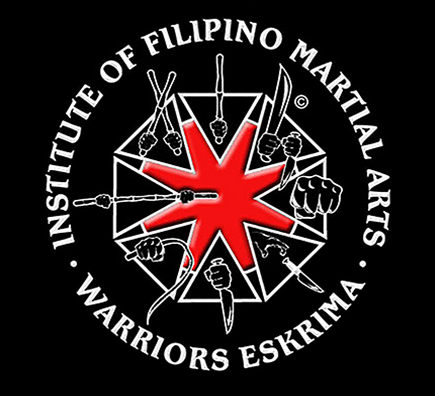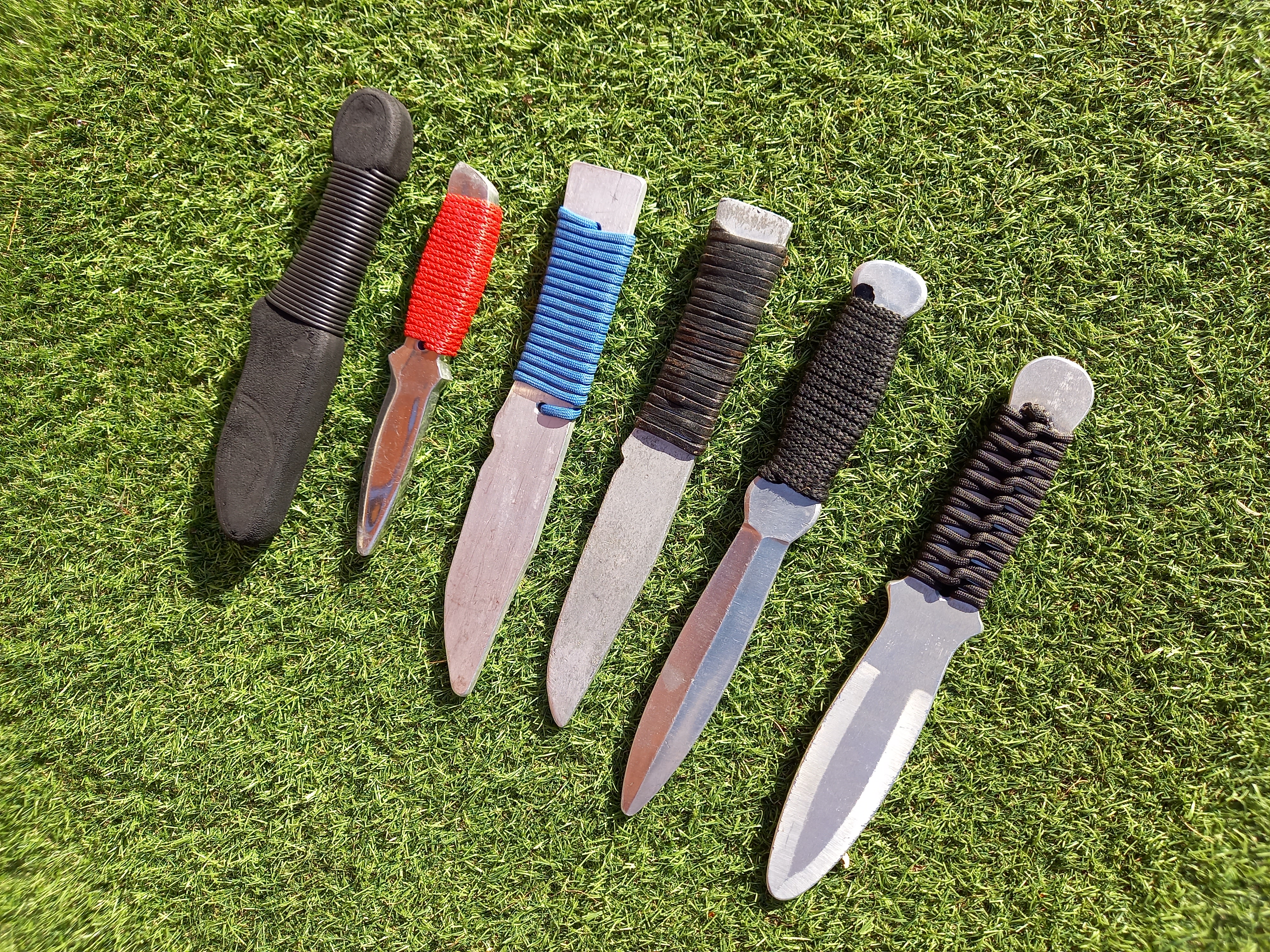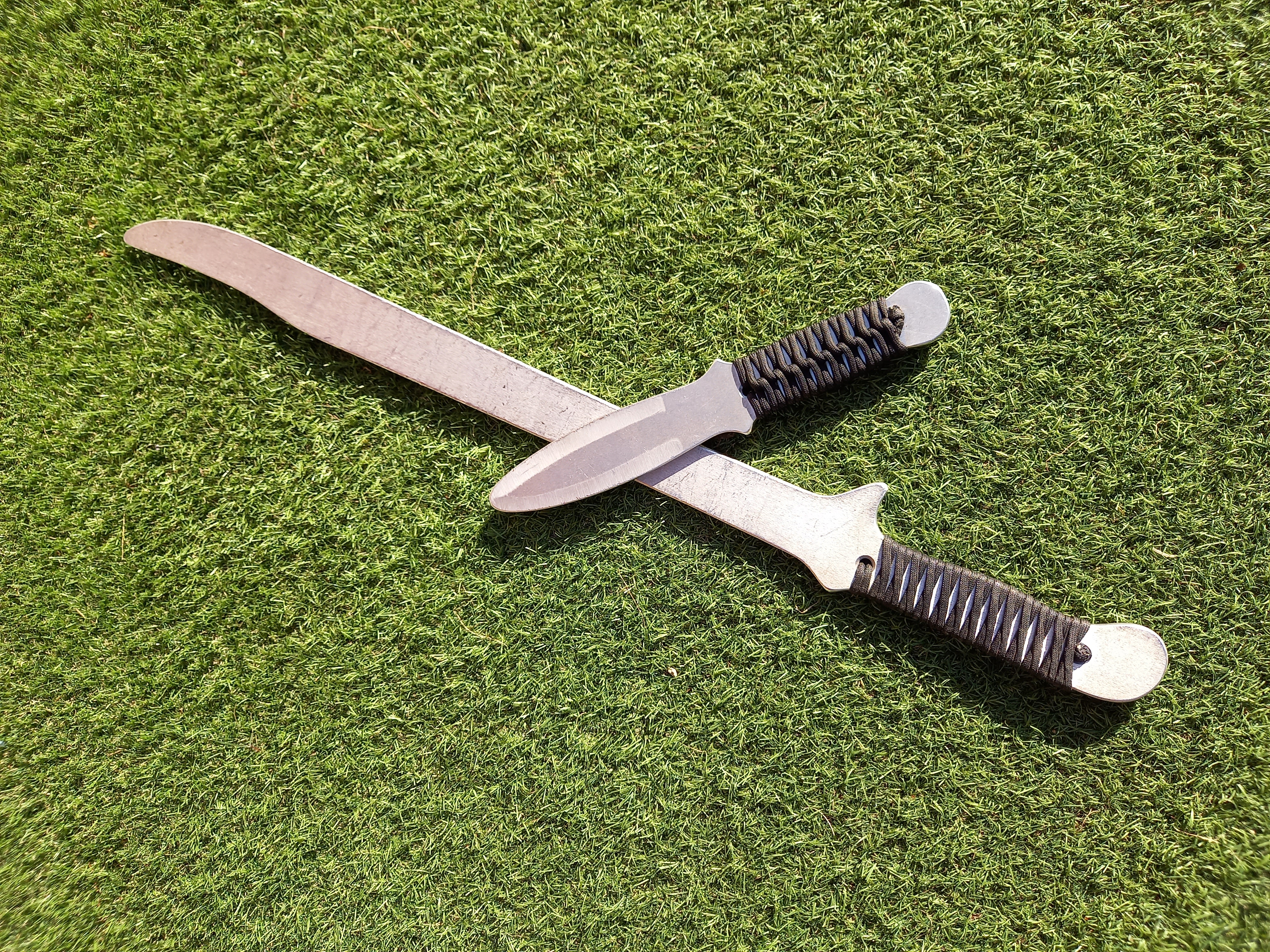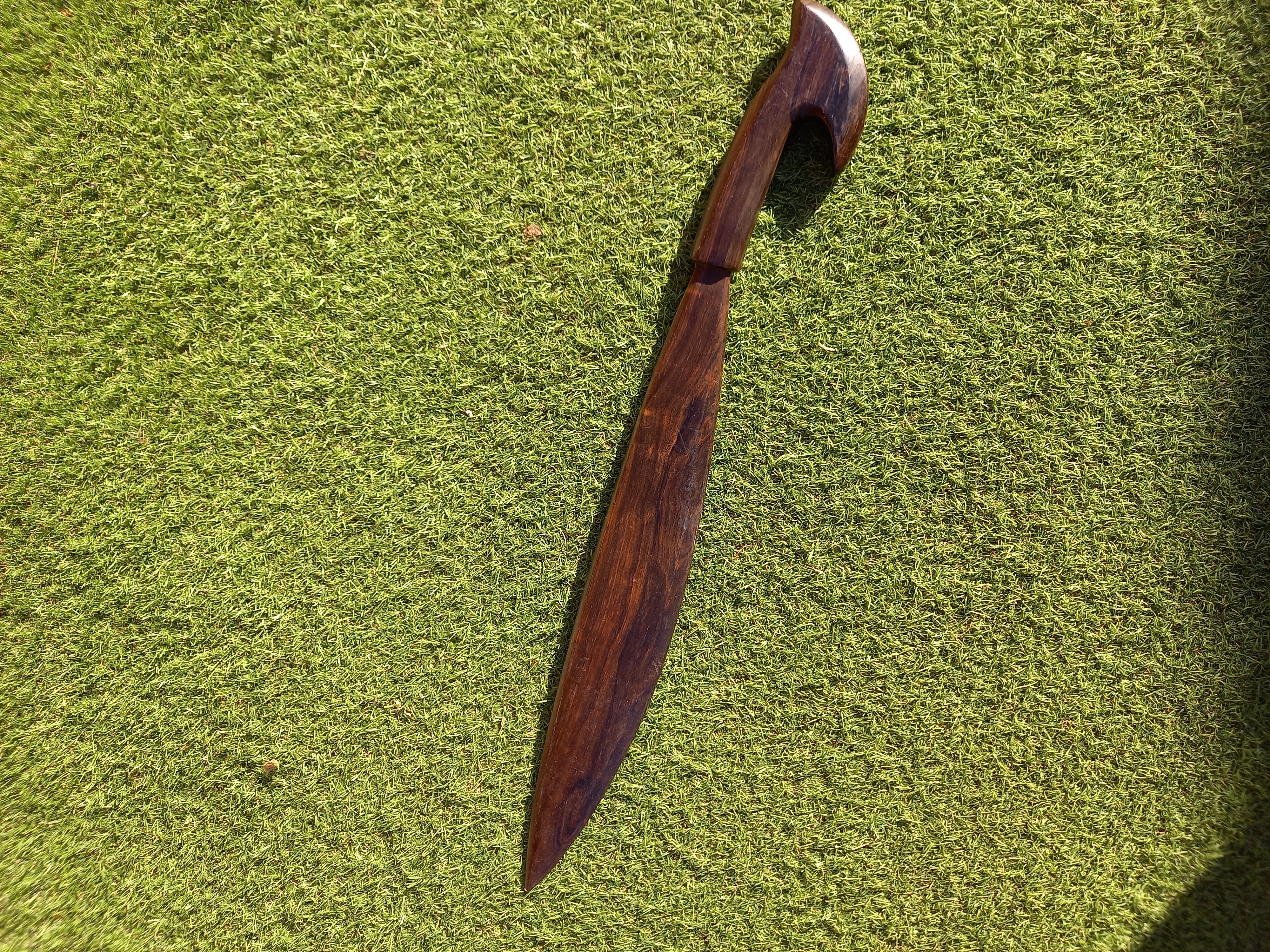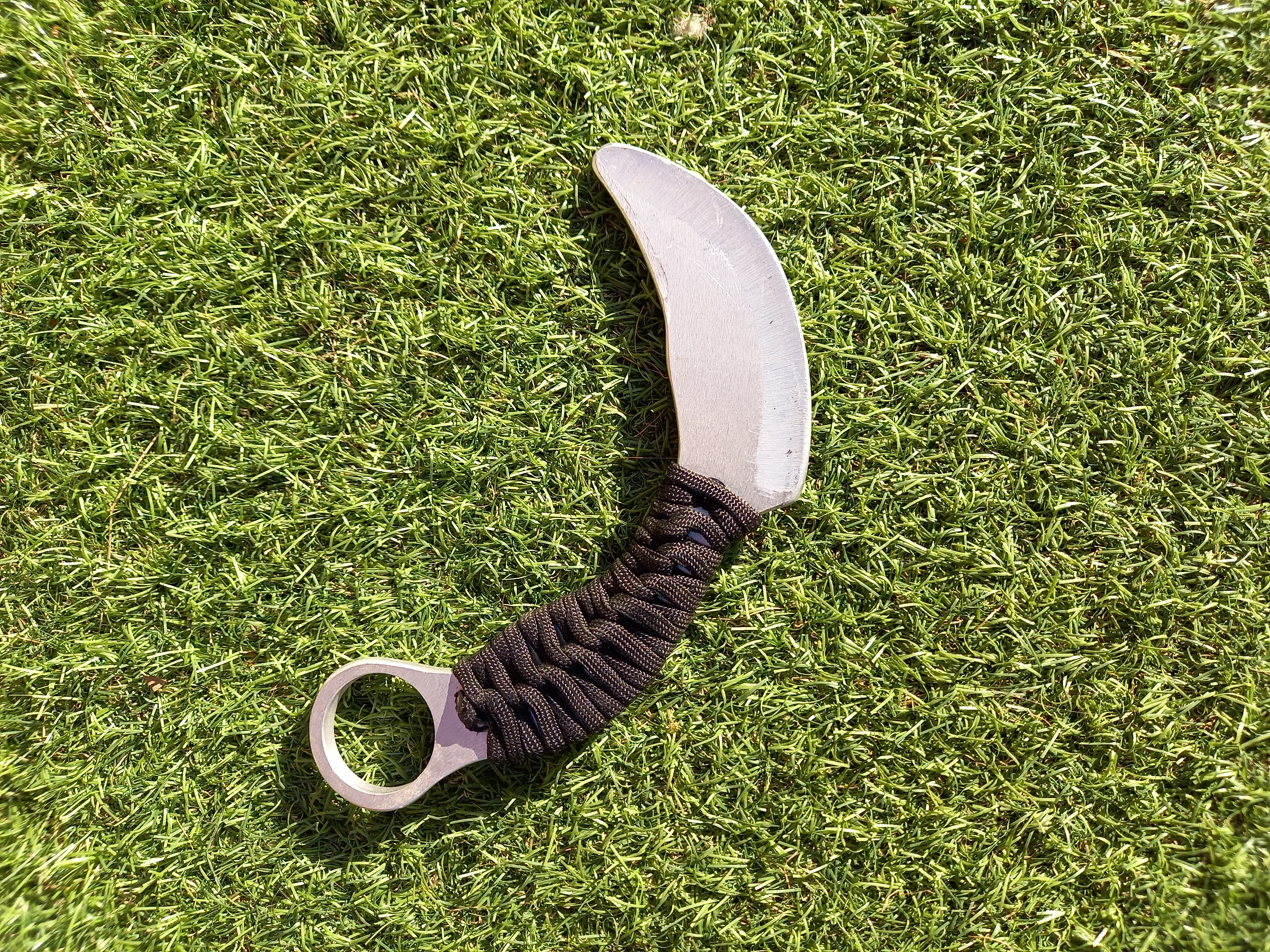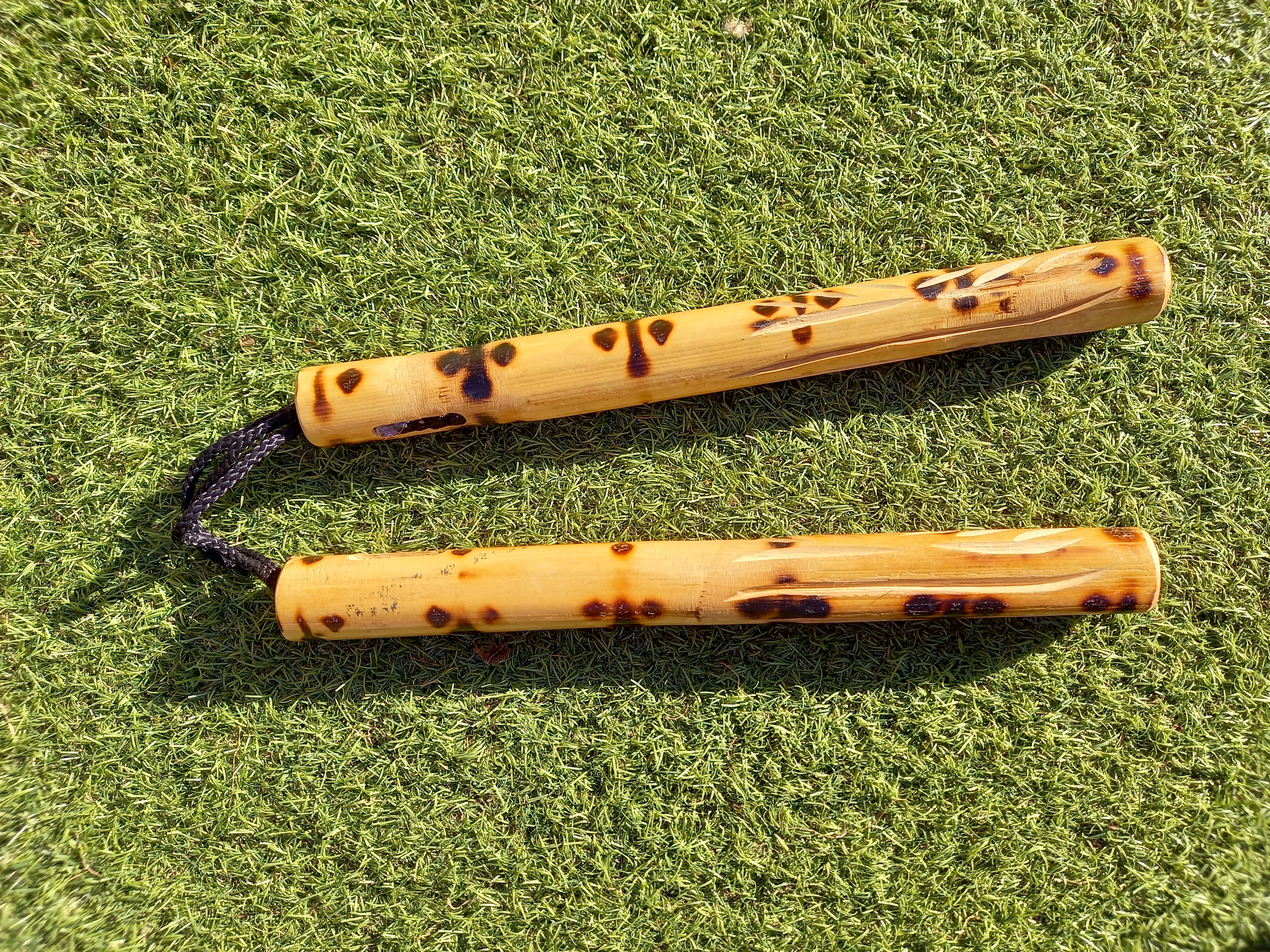All Warriors Eskrima logos and images are copyrighted and are reproduced with permission.
 Get Involved!
Get Involved!
Filipino Martial Arts: Eskrima, Kali, Arnis
The Filipino martial arts are called by different names depending on the region of the Philippines (See map.), generally it is called Arnis in the North, Eskrima in the middle areas, and Kali in the South. The Filipino martial arts consist of unarmed combat: punching, kicking, grappling and joint locking, and also armed combat, which includes the use of sticks, double weapons, knives, swords, staffs, and other variety of weapons.
Arnis: The National Sport of the Philippines
Stick fighting ('Arnis') is the national sport of the Philippines. Contestants wear armour and a head guard and fight full contact with sticks made from rattan. Other forms of competition include padded stick fighting in which a padded stick is utilised instead of rattan, combatants usually only wear headguards for these matches. Competition matches usually comprise of three one minutes rounds, each round is scored out of ten and then added up. The scoring is the same as used in boxing with the exception for competitors losing a point if they are disarmed and/or lose their weapon.
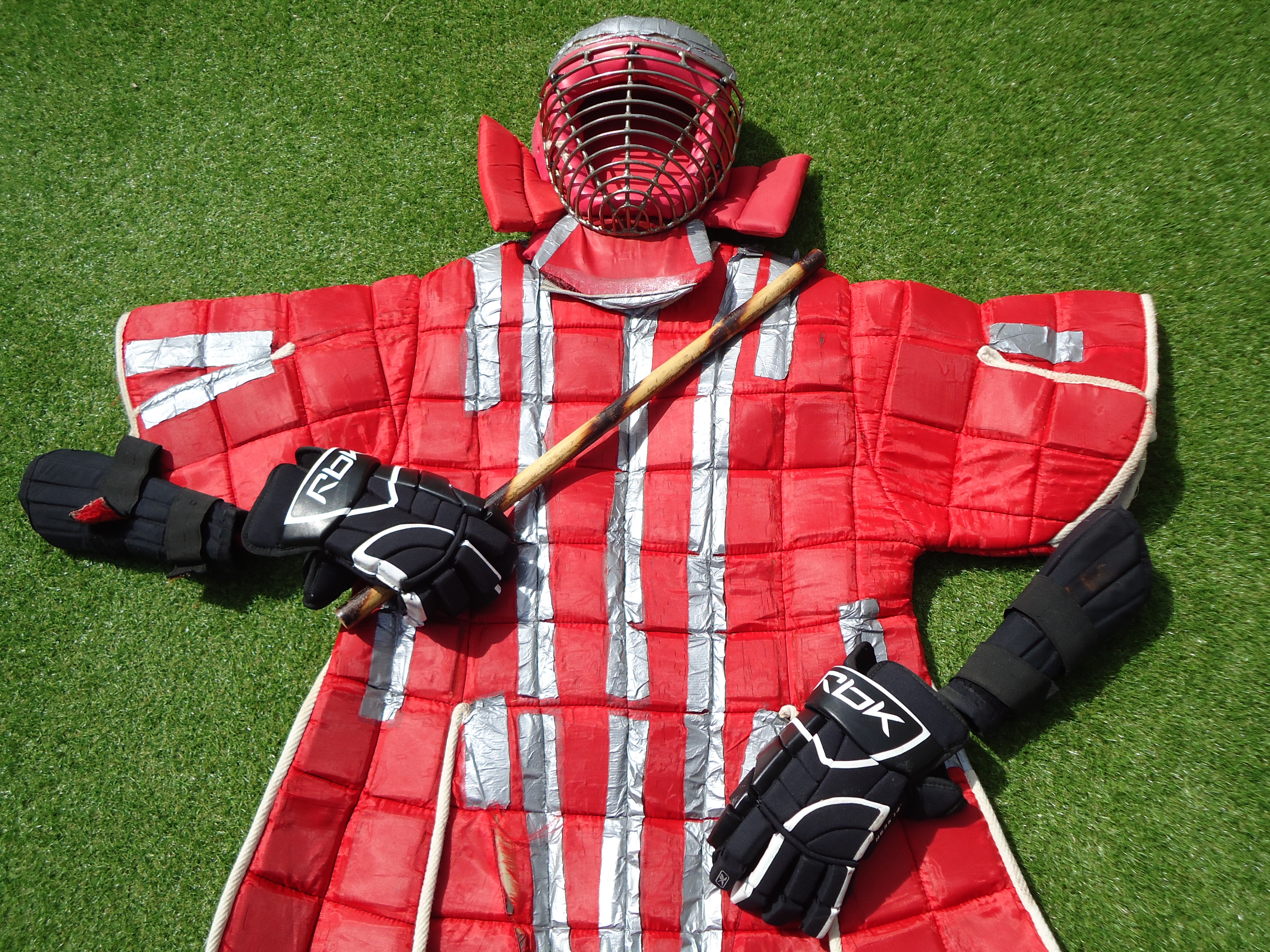
The different facets of the Filipino Martial Arts
Unarmed Self Defence and Combat - Pangamut
Filipino 'Boxing'
Filipino 'Boxing' also called Panantukan comes from the amalgamation of traditional Filipino martial arts and western boxing (popularised by the American occupation of the Philippines). The term ‘blade boxing’ is also sometimes used to describe it.
This aspect of the art utilises punching and bare-fist techniques which are influenced from training with bladed weapons (namely knives). This accounts for some of the uniqueness of the Filipino martial arts hand to hand combat techniques.
Kicking is also used within the Filipino martial arts but is usually restricted to targeting the lower half of the body, hence the name Pananjakman or 'low line kicking'. Off balancing, knee strikes, and foot trapping is also used.

Dumog - Grappling and Locking
Filipino martial arts also use grappling techniques such as off balancing, throws/take-downs, and joint manipulation and locking. Dumog is the generalised name often given to Filipino grappling, while Luyong is essentially lock flows - moving from one lock to another dependent on the opponent and the situation.
Weapon Combat and Defence
Stick Fighting
Eskrima/Kali/Arnis is probably most widely known for the stick fighting aspect. Stick fighting which originated in the bladed combat techniques utilises rattan canes or other hard wood stick, called ‘olisi’ or ‘baston’ by the Filipino people.
Stick fighting encompasses striking, blocking, parrying, and also crosses into disarming and grappling techniques. Most Filipino systems have a core series of strikes called ‘Numerada’ or ‘Abecedario’ which form the basis of their system, often these consist of twelve strikes.
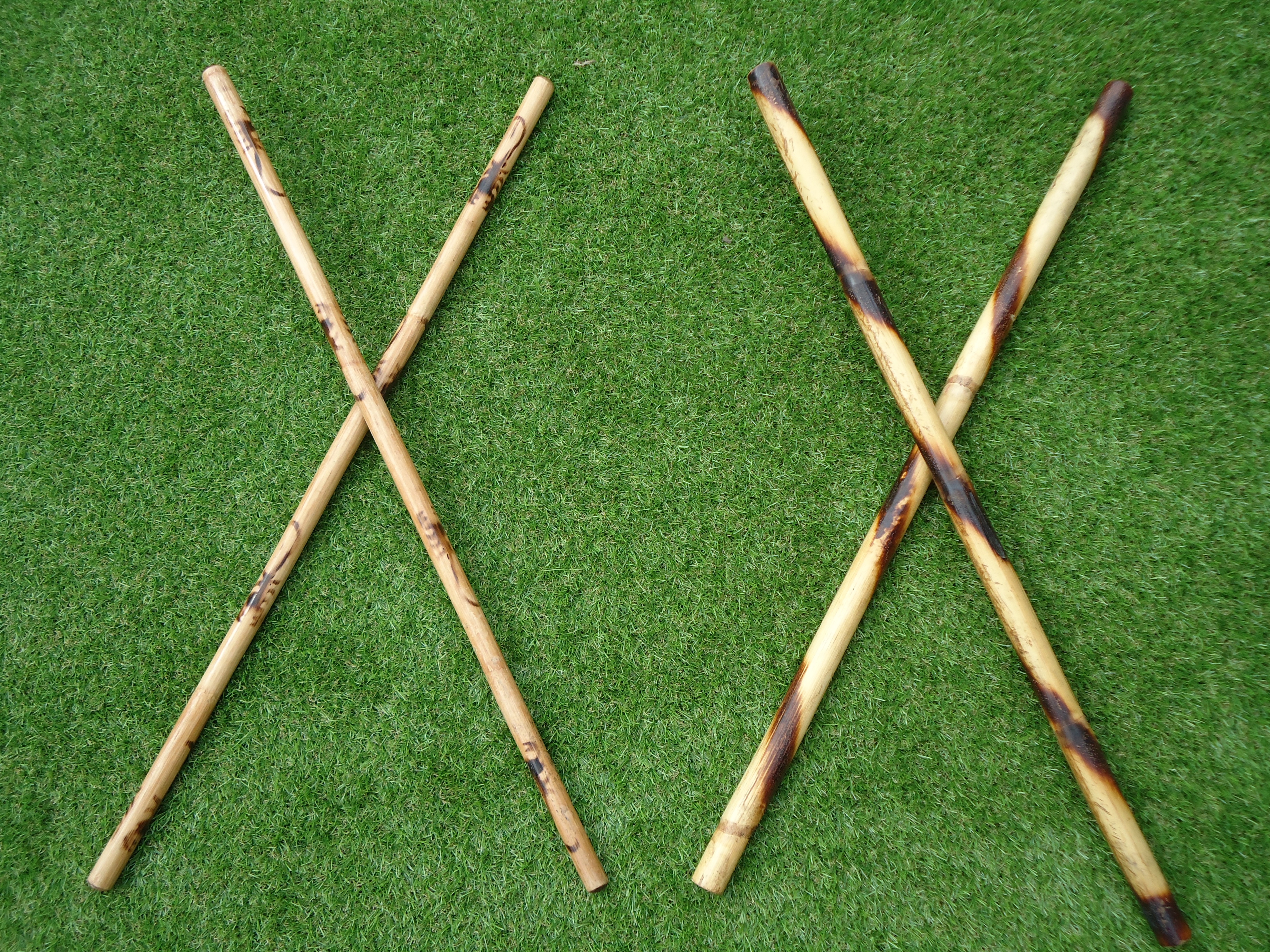
Two pairs of rattan Eskrima sticks.
Knife and Bladed Weapon Defence
The Philippines has long had a blade carrying culture, which has resulted in a very practical knife defence system which is used by security and military forces throughout the world. Tribal warfare involved the use of a number of different bladed weapons including the longer Kampilan, Kris, and Espada swords, medium length blades such as the 'Barong' and ‘Bolo’ machetes, and shorter knives. Baraw is one of the names given to the Filipino knife defence systems.
Double Weapons
Dual or double weapons are also utilised by practitioners of the Filipino martial arts. These may be two longer weapons, for example two sticks (Doble Baston), two swords, or a combination or short and long weapons: Sword and knife (Espade y daga), or stick and knife (Olisi y baraw), it could also be two shorter weapons such as knives or kerambit. One of the most well known striking patterns (which is common among Filipino arts) for double weapons and double sticks is ‘sinawali’ which translates as ‘woven’ which mixes high and low attacks which cross over each other.
